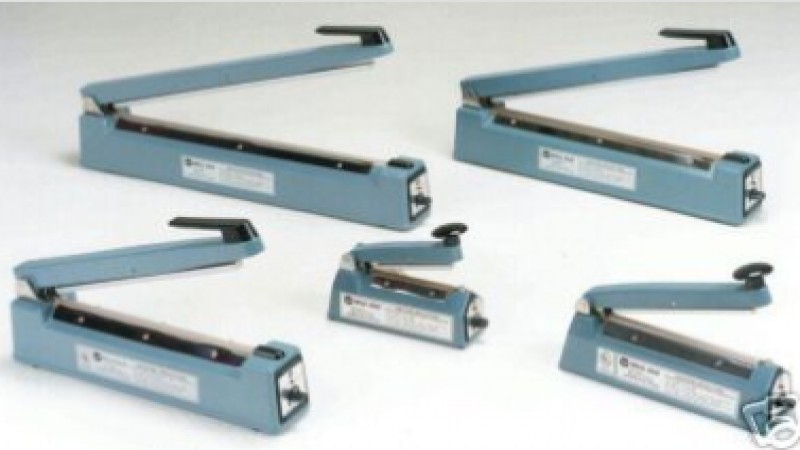Guide to Choose a Heat Sealer

Getting your packaging right is very important and your choice of hand sealer is one of the aspects of getting it right. These sealers use heat to create a seal between the two sides of the packaging.
The hand sealer creates an airtight packaging and can preserve the contents inside. There are a few things you need to know in order to make the right choice of a heat sealer. Here are the key aspects you need to know.
Materials that Can be Sealed
Different types of packaging can be sealed using a heat sealer. The type of materials are varied and they can all be sealed with heat sealers. Usually, the type of material used for packaging will determine the heat sealer you would have to use.
Material types are determined by their thickness. The thickness is measured in mils. For example, packaging material between 4 to 8 mils would be considered medium to heavy while 1 to 3 mils is light material. When dealing with heavy packaging material, you will need more heat to seal it than lighter material
Kinds of Sealers
Sealers are typically available in 2 types:
1- Flat Wire
2- Round Wire
The flat wire sealers are made with thick seams and so they are used for thick materials while the round wires have thin seams and are used for thin packaging material. Let’s take a closer look at each of them.
Flat Wire
The flat wire seal is intended for heavy-duty packaging, the thick seam provides reinforcement to ensure what is inside remains in there and is not contaminated. The thick seal offers space to emboss the seal, adding texture and strength to it.
There are however drawbacks to the flat wire seal. The most noticeable one is the fact that it is thick and visible. Another drawback is that you would need a flat wire cutter to remove excess film.
Round Wire Seal
These as we already mentioned are thin and used on thin packaging. Their main advantage is the fact that they look good since they are not easily noticed. It is also possible to cut off the extra film. By applying heat to the seam, a neat look is achieved and the package is secured.
However, it should be noted that since the seam is thin the strength is also not that much. If the product packaged in this material is heavy, the seam may not be able to hold it in. It is also difficult to make secure seams for materials thicker than 3 mils since the wire is too thin for that.
At the end of it all, the products that you intend to package will determine the thickness of the material that you need to use and once you know the packaging material’s thickness, you can go ahead to decide which sealer to use. It is important for your product to be sealed in the right type of material since you would not want it being compromised. Marketers of these seals can also be of assistance when it comes to making the choice of sealer.


